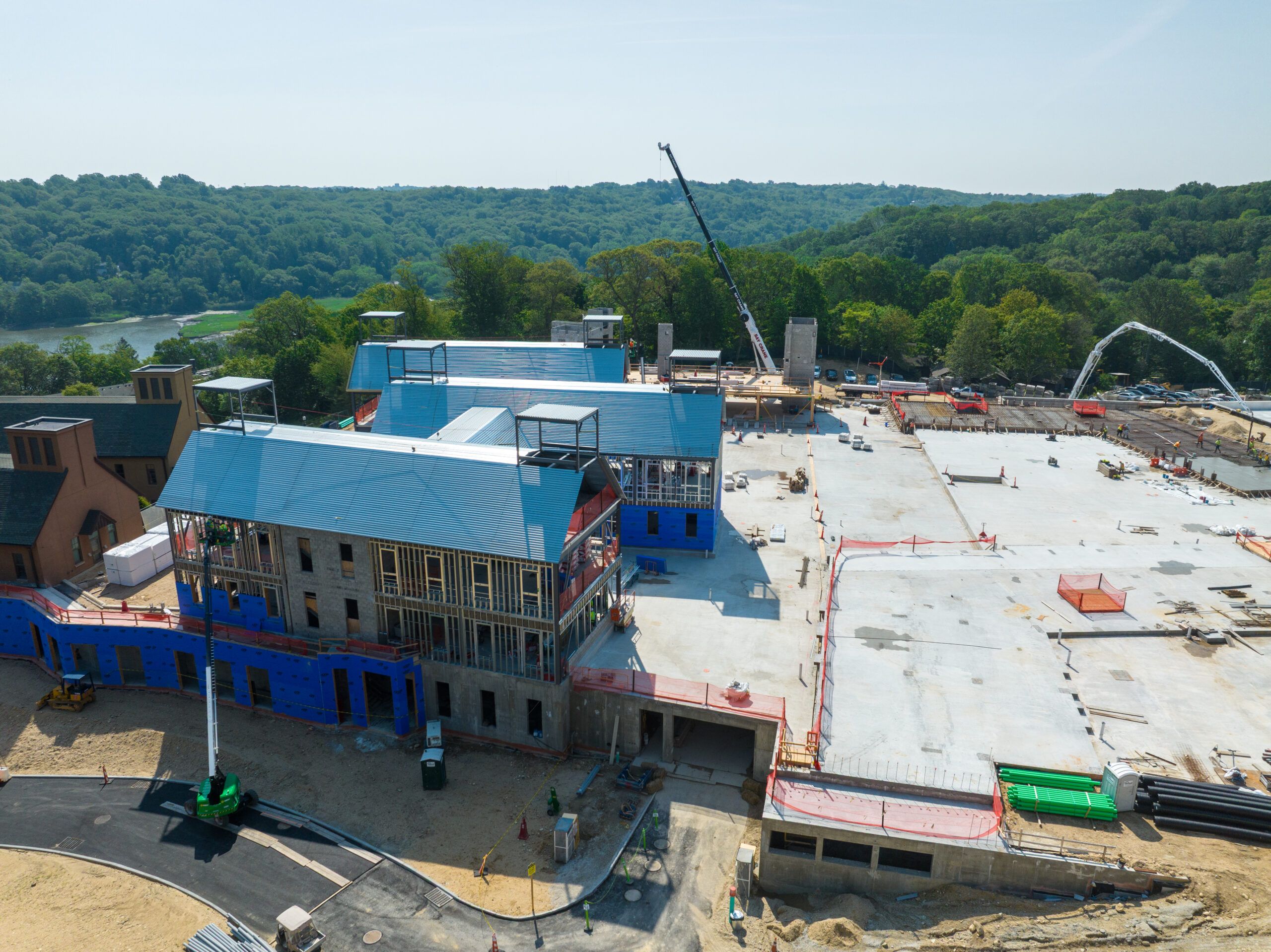Planning applications must be accompanied by accurate and legal mapping. Local authorities demand documents that demonstrate scale, precision and accepted standards of detail. Licensed Ordnance Survey maps offer the clarity and legal reliability required for council approval. By obtaining these maps through reputable suppliers like the UK Map Centre, the applicants will be in a position to satisfy all the technical requirements without wasting time. To architects, surveyors and homeowners, this is an important step in going through the planning process without a hitch.
Why Licensing Matters
Unlicensed mapping does not provide quality assurance and does not carry the legal validity required by councils. Applicants will have to pay extra money and waste time, as planning departments will not accept documents that are not based on officially licensed OS data. Properly licensed maps will ensure compliance, professionalism, and eliminate the risk of re-submission.
The Role of Scale in Planning
Scale accuracy enables councils to evaluate proposals within a physical context. Site location plans may need to be drawn up at 1:1250 or 1:2500, and block plans are normally drawn up at 1:500 or 1:200. Such standards make boundaries, structures, and access points show up at the same size in all submissions. In the absence of maps at the necessary scale, planning officers are unable to assess the effect of a development on the surrounding area in a reliable way.
Precision and Detail
Topographic detail is an important context for any planning application. Licensed OS maps define boundaries, roads, pathways, water features, and surrounding buildings in a precise manner. This enables the planners to make decisions on how a project will relate to the surrounding properties, highways, and natural features. Such detail will also satisfy authorities that the proposals take into account not only the site of development but the surrounding environment.
Avoiding Common Errors
It is not uncommon for applicants to try to use free or obsolete mapping sources. These do not usually have the detail and legal status needed for planning documents. The other common problem is the inability to provide maps in the right orientation or the lack of north arrows. These risks are reduced by licensed OS products, which are specifically developed to be used in planning applications and meet high presentation standards.
Supporting a Variety of Applications
Various planning applications require various degrees of mapping details. Whether it is a small extension to a home or a large housing development, councils will require site and block plans that are in accordance with their published requirements. The flexibility of the licensed OS maps allows one to generate documents that fit any situation, ensuring that, regardless of whether the project is small or complicated, the submission remains within the limits.
Streamlining the Approval Process
The use of correct, licensed maps can also limit the number of queries made by planning officers and prevent resubmission requests. This efficiency accelerates the decision-making process and enables projects to move on without any unwarranted delays. This saves time and money for applicants by eliminating the need to repeat the process, and it also reduces the administrative burden on councils.
Enhancing Professional Standards
Architects, planning consultants and developers all need to be able to show credibility using clear, accurate mapping. The submission of documents based on licensed OS data enhances their reputation for accuracy and adherence. It further assures the clients that all the processes involved have been carefully undertaken, from the site survey to the final submission.
Mapping That Meets the Mark
The licensed OS maps are still the gold standard of planning applications in the UK. They are important tools to professionals and homeowners alike because of their acknowledged accuracy, proper scale, and adherence to council requirements. By getting mapping through a reputable company, all submissions are of an official standard, minimising delays and strengthening trust in the process. Licensed OS data is not just a formality to anyone going through the planning process; it is the key to a hassle-free and successful approval.











